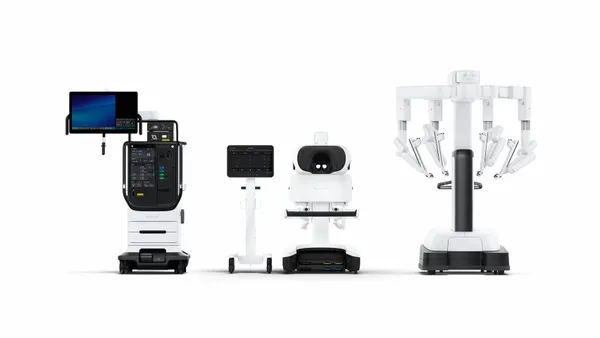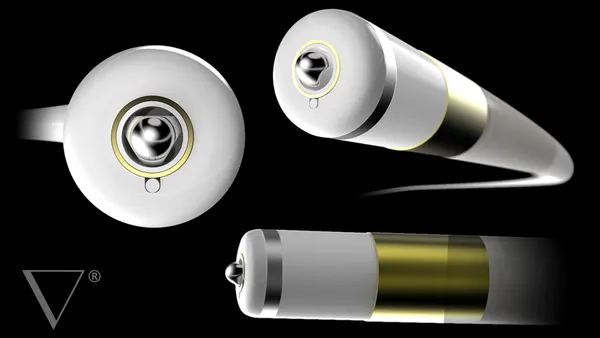Dive Brief:
-
Rising use of magnetic resonance imaging (MRI)-compatible cardiac rhythm management (CRM) devices is costing hospitals $400 million a year, according to the consultancy Vizient.
-
The extra spending stems from Medicare’s decision to reimburse MRI-compatible devices at the same rate as standard CRM products, forcing hospitals to pay the difference between the prices of the old and new implants.
-
Vizient, which calls itself a "healthcare performance improvement company," used the analysis to question the value of implanting MRI-compatible CRM devices in some patient populations.
Dive Insight:
Around 600,000 Americans require a pacemaker or defibrillator implant every year. These devices are essential for people with heart rates that need monitoring or correcting but of course, there are downsides and risks.
Notably, the potential for CRM devices to interact with electromagnetic fields and cause tissue damage has limited access to MRI, an important tool for imaging parts of the body including the brain and spinal cord.
MRI-compatible CRM devices such as Abbott's Ellipse and Boston Scientific's Vitalio MRI have given physicians a way to manage their patients' conditions without affecting access to imaging. This has proven to be a popular proposition.
Vizient data shows nearly 70% of all pacemakers implanted this year were MRI compatible. In 2016, 12% of implanted pacemakers were compatible with the imaging equipment. Vizient has seen similarly rapid rises in the penetration of MRI-compatible cardiac defibrillators and resynchronization therapies. In 2016, 2% of defibrillators were MRI compatible. This year, the figure is above 48%. That represents an increase of more than 2,000%.
The trends have implications for hospital finances. MRI-compatible devices typically cost around 18% more than traditional CRM devices. However, Medicare reimburses them at the same rate. Hospitals are absorbing the difference between the two prices.
Manufacturers could argue that the extra outlay represents good value as it means people can have MRI scans. Vizient, however, has doubts about the validity of this argument. The company pointed to research showing that patients with standard CRM devices can safely undergo MRI to make its case.
The analysis also noted a difference between the ages when people need CRM implants and MRI scans. CRM implantation peaks at 79 years old. MRI usage peaks at 60 years old. Vizient used the difference to argue physicians may be implanting MRI-compatible devices in patients who are unlikely to need MRI scans.
"Currently, no clear clinical decision-making model exists to reliably predict individuals who will need a future MRI. As such, health care providers need to be aware of the increased costs and work with their suppliers to minimize the impact to hospital margins," Vizient wrote












